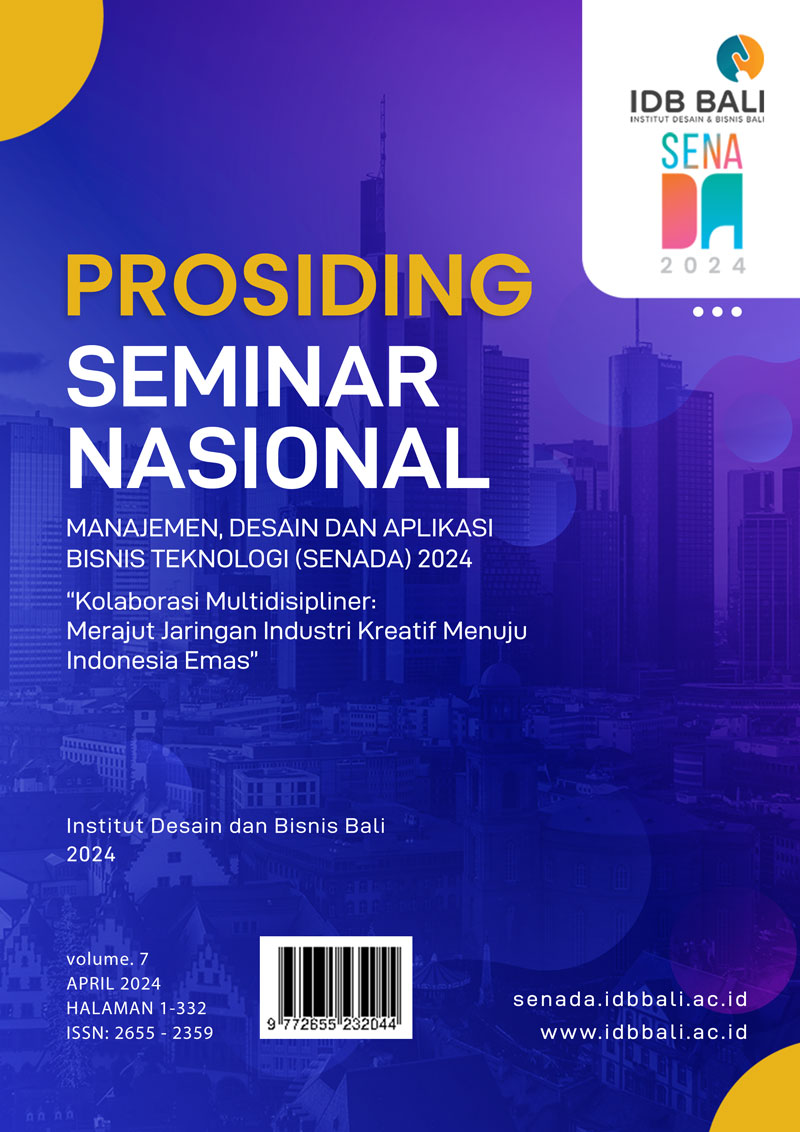POTENSI TERAPI DIORAMA: STUDI KASUS PENANGANAN MASALAH PSIKOLOGIS
Keywords:
diorama, enactive mind, emotion-driven media systemAbstract
Diorama lebih dari sekadar seni visual, diorama bisa menjadi media untuk lebih memahami pikiran dan emosi manusia. Salah satu keunikan diorama adalah kemampuannya merangkai dunia dalam tiga dimensi yang mencerminkan pikiran, pengalaman emosional dan narasi. Artikel ini menggambarkan pemanfaatan diorama dalam kasus untuk membantu mengatasi masalah psikologis. Metode penelitian menggunakan studi kasus dengan partisipan perempuan berusia 24 tahun yang mengalami masalah hubungan romantis dan berdampak pada kondisi psikologis. Hasil penelitian menunjukkan diorama dapat membantu dalam meredakan kecemasan, mengatasi trauma, memahami konflik batin, dan bahkan meningkatkan kualitas hidup. Diorama melalui pendekatan emotion-driven media system dapat menghasilkan dampak yang lebih luas dalam membantu individu dalam mengatasi berbagai masalah psikologis.
Downloads
References
[2] Barrett, L. F. (2017). How emotions are made: The secret life of the brain. Boston: Houghton Mifflin Harcourt
[3] Anderson, J. R. (2020). Cognitive psychology and its implications. New York : Worth Publishers.
[4] Tikka, P. (2004). (Interactive) cinema as a model of mind, Digital Creativity, 15:1, 14-17, DOI: 10.1076/ digc.15.1.14.28151
[5] Bandura, A. (1977). Social learning theory. Englewood Cliffs, NJ: Prentice Hall
[6] Huang-Ming, C., Ivonin, L., Diaz, M., Catala, A., Wei Chen, & Rauterberg, M. (2014). Enacting archetypes in movies: grounding the unconscious mind in emotion-driven media, Digital Creativity, DOI: 10.1080/14626268.2014.939985
[7] Craske, M. G., & Mystkowski, J. L. (2006). Exposure therapy and extinction: Clinical studies. Anxiety Disorders, 20(8), 1028-1048.
[8] Gendron, M., Roberson, D., Van der Vyver, J. M., & Barrett, L. F. (2014). Perceptions of emotion from facial expressions are not culturally universal. Emotion, 14, 251– 262. http://dx.doi.org/10.1037/a0036052
[9] Abramowitz, J. S., Deacon, B. J., & Whiteside, S. P. (2011). Exposure therapy for anxiety: Principles and practice. New York: Guilford Press.
[10] Masten, A. S. (2001). Ordinary magic: Resilience processes in development. American Psychologist, 56(3), 227-238.
[11] Malchiodi, C. A. (2012). Handbook of art therapy (2nd ed.). New York: Guilford Press
[12] Lazarus, R. S. (1991). Emotion and adaptation. Oxford: Oxford University Press
[13] Hayes, S. C., Strosahl, K. D., & Wilson, K. G. (2012). Acceptance and commitment therapy: The process and practice of mindful change (2nd ed.). New York: Guilford Press.
[14] Garmezy, N. (1991). Resilience in children's adaptation to negative life events and stressed environments. Pediatric Annals, 20(9), 459-466.
[15] Rutter, M. (2006). Implications of resilience concepts for scientific understanding. Annals of the New York Academy of Sciences, 1094(1), 1-12.
[16] Mifsud, E. (2015). Interpreting through drawings. In S. D. Tunnicliffe & A. Scheersoi (Eds.). Natural history dioramas : History, construction and educational role (pp. 267-277). London: Springer.






